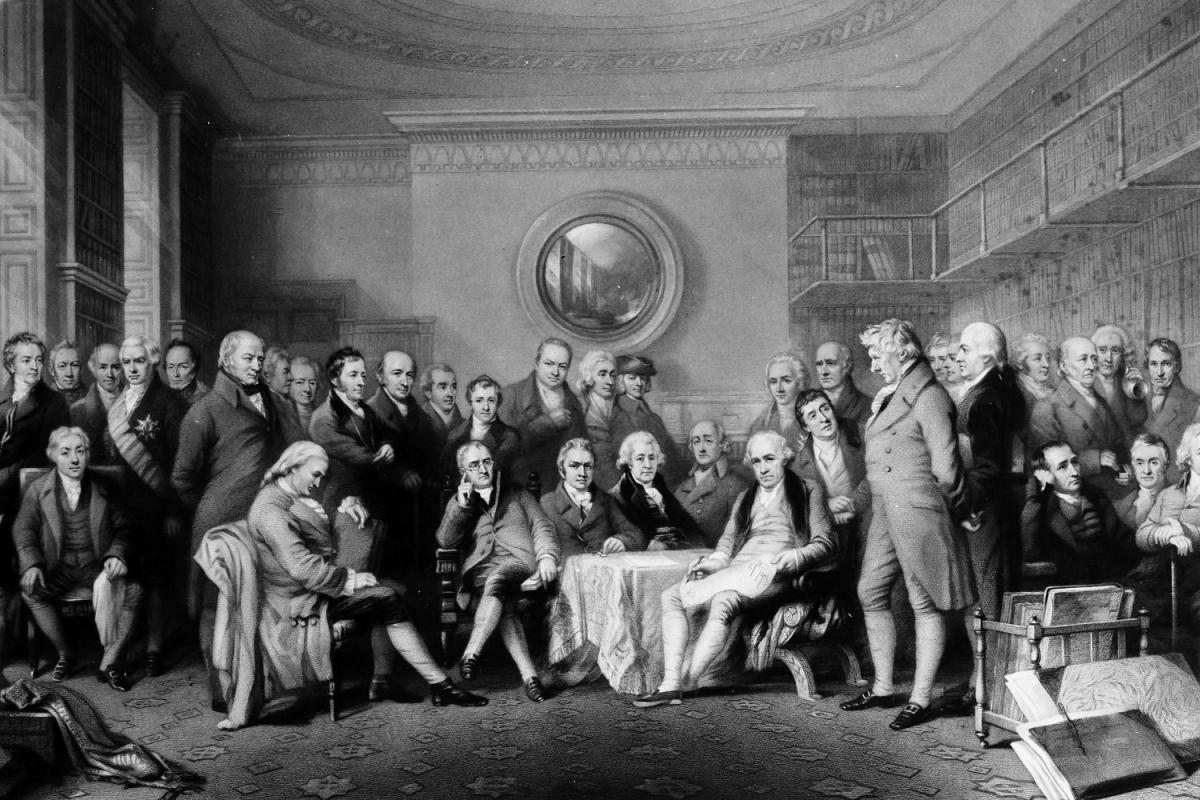The Fellowship of the Royal Society is the oldest known scientific academy in continuous existence. Established in 1660, the Fellowship of the Royal Society has a rich history spanning close to four centuries. The Royal Society has played a vital role in advancing scientific knowledge, fostering innovation, and promoting collaboration among esteemed scientists from around the world.
The fellowship is granted by the Fellows of the Royal Society of London to individuals who have made a “substantial contribution to the improvement of natural knowledge, including mathematics, engineering science, and medical science”. The fellowship has been awarded to approximately 8,000 fellows with about 1,743 living Fellows.
Origins and founding
The Royal Society owes its creation to a group of like-minded individuals who sought to formalise scientific inquiry and establish a platform for sharing knowledge. In the aftermath of the English Civil War, England was ripe for intellectual exploration, and it was during this period that the foundation for the Royal Society was laid. The key figures behind its establishment were renowned scientists and thinkers of their time, called founder fellows.
Founder fellows are defined as those present at the inaugural meeting of the Society at Gresham College on 28 November 1660, including William Ball; William Brouncker, 2nd Viscount Brouncker; Jonathan Goddard; Abraham Hill; Sir Robert Moray; Sir Paul Neile; Sir William Petty and Lawrence Rooke.
Fellows elected in 1663 include Robert Boyle; Alexander Bruce, 2nd Earl of Kincardine; John Wilkins and Sir Christopher Wren. The fellows envisioned a society where scientists could come together to exchange ideas, conduct experiments, and present their findings. In 1660, a royal charter was granted by King Charles II, officially establishing the Fellowship of the Royal Society.
The society’s journal, Philosophical Transactions, was first published in 1665 and remains one of the oldest scientific journals in existence. It has served as a platform for scientists to share their research findings, discuss new ideas, and engage in scholarly discourse. Over the centuries, the Royal Society has expanded its publishing endeavours, introducing a range of specialised journals that cover various scientific disciplines.
Prominent fellows of the society
Through its fellowship, the society has brought together some of the greatest minds in history. Prominent figures such as Isaac Newton, Charles Darwin, Albert Einstein and Stephen Hawking have all been part of this illustrious community.
The fellowship has been awarded to many eminent scientists throughout history, including Isaac Newton (1672), Michael Faraday (1824), Charles Darwin (1839), Ernest Rutherford (1903), Srinivasa Ramanujan (1918), Albert Einstein (1921), Paul Dirac (1930), Winston Churchill (1941), Subrahmanyan Chandrasekhar (1944), Dorothy Hodgkin (1947), Alan Turing (1951), Lise Meitner (1955) and Francis Crick (1959).

More recently, the fellowship has been awarded to Stephen Hawking (1974), David Attenborough (1983), Tim Hunt (1991), Elizabeth Blackburn (1992), Raghunath Mashelkar (1998), Tim Berners-Lee (2001), Venki Ramakrishnan (2003), Atta-ur-Rahman (2006), Andre Geim (2007), James Dyson (2015), Ajay Kumar Sood (2015), Subhash Khot (2017), Elon Musk (2018) and around 8,000 others in total, including over 280 Nobel Laureates since 1900. As of October 2018, there are approximately 1,689 living Fellows, Foreign and Honorary Members, of whom 85 are Nobel Laureates.
Promoting scientific discovery and science communication
The Fellowship of the Royal Society has been a catalyst for groundbreaking scientific advancements. Notable contributions made by its members include the discovery of the laws of motion, the theory of evolution, the laws of thermodynamics, the theory of relativity and the development of modern computing, to name just a few. The society continues to be a driving force for scientific research and innovation, providing a platform for scientists to collaborate and push the boundaries of human knowledge.
In addition to its scientific endeavours, the Royal Society actively promotes science communication and public engagement. Recognising the importance of making science accessible to all, the society organises public lectures, exhibitions, and outreach programmes to foster a greater understanding and appreciation of scientific discoveries.











